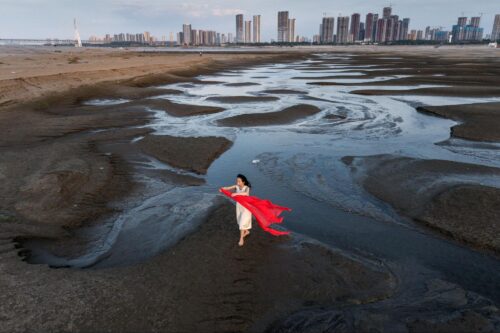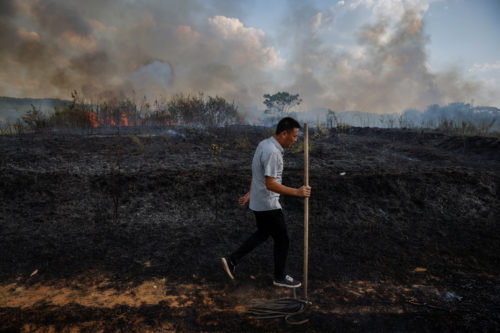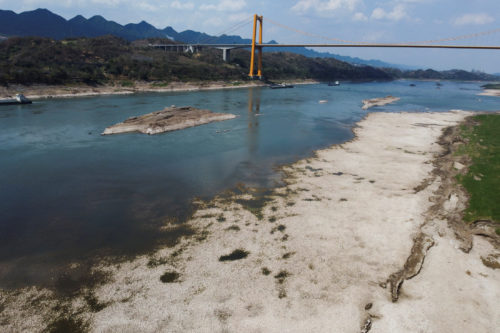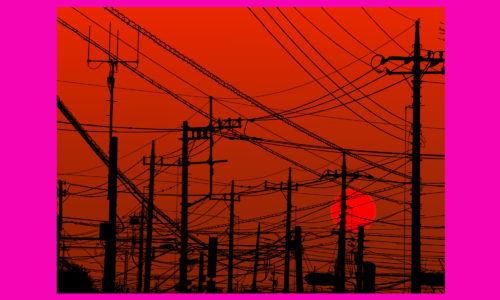Heat wave sears China
Beware of heatstroke! Temperatures in some areas in China soared to over 40 degrees Celsius amid a heat wave that has left some residents seeking shelter in Wi-Fi-equipped underground bunkers to stay cool.

An intense heat wave has engulfed dozens of cities across China: A total of 18 provincial-level regions reported temperatures exceeding 35 degrees Celsius as of Wednesday, according to the National Meteorological Center.
- Daily highs in some parts of the southwestern Sichuan Province and the northwestern Shaanxi Province hit over 40 degrees Celsius — the temperature at which the risk of heatstroke can occur.
Residents in the Three Furnaces (三大火炉 sān dà huǒlú), a term used to describe the three cities of Chongqing, Wuhan, and Nanjing, which are known for their blistering summers, went to extra lengths to keep out of the heat:
- In Nanjing, Jiangsu Province, people sat in socially distanced chairs in underground air raid shelters, reading books and watching TV in Wi-Fi-equipped wartime bunkers.
- In Chongqing, which raised a red alert on Monday, the tiles of a traditional Chinese roof slid off as the heat melted the underlying adhesive tar. Local authorities have sent out sanitation trucks to spray water to cool roads, which have warped and bulged.
- Wuhan is also forecasted to experience similar high temperatures, humidity, and ultraviolet radiation.
In other stiflingly hot cities, residents of Qingdao, in eastern Shandong Province, flocked to the beach, while children in the city of Nanning, in the Guangxi region, frolicked in public fountains.
- Eight metric tons of ice are used each day to keep lions, pandas, and other animals cool in Shanghai’s wildlife park, while animals at the Chengdu Zoo and the Shanghai Zoo were fed watermelon slices and ice treats.
- Frontline workers in hazmat suits, who are out in the streets conducting COVID-zero mass testing to residents across the country, are in particular danger of overheating: Some have fainted from heatstroke, while others have resorted to wearing ice cream on their heads to cool down.
Deaths related to excess heat have quadrupled in China between 1990 and 2019, reaching 26,800 deaths in 2019, according to a study published by The Lancet in 2020.
- The rising temperatures have also increased the risks of wildfires and encouraged the spread of dengue fever in the country.
- China’s aging population is particularly vulnerable — elderly people above the age of 65 are 10.4% more likely to die during a heat wave.
- Chinese citizens also fear climate change more than their EU or U.S. counterparts: According to a climate survey from the European Investment Bank taken between 2019 to 2020, 73% of Chinese people think that climate change is the biggest challenge faced by society, far ahead of access to healthcare and health services (47%) and a financial crisis (33%).
- However, more than 94% of Chinese citizens intend to or have already switched to a green energy provider, compared with 70% of Europeans and 64% of Americans.
Despite Beijing’s ambitious climate goals of reaching carbon neutrality by 2060, the heat wave is part of another season of extreme weather — including tornadoes, record rainfall, and torrential floods — that has pummeled areas across China.





